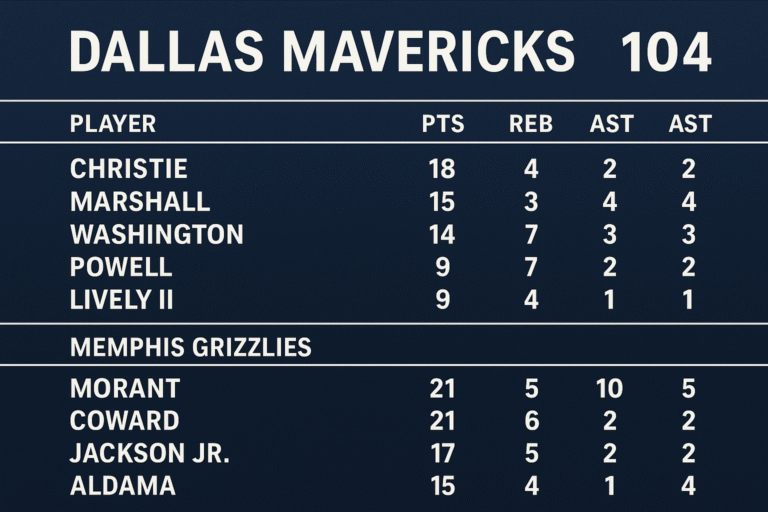
Who this is for: Anyone who wakes up curious about their dreams and wants practical, research-aware help to understand them. If you’re searching for dreamwithjeff dream analysis or variations like dreamwithjeff . com, dreamwithjeff. com, dreamwithjeff .com, or dreamwithjeffs.com, this guide gives you a complete, people-first overview with simple steps, examples, and trusted references.
Core intent (up front): You want to know what DreamWithJeff is about, how dream analysis works, and how to start interpreting your own dreams in a reliable way. This article explains the method, provides a step-by-step routine, and points you to credible science on sleep and dreams. We also include a short founder bio table and on-page SEO details.
What Is DreamWithJeff.com?
DreamWithJeff.com is best thought of as a friendly home base for learning dream analysis the practical way: journal your dream, identify the key symbols and emotions, connect them to your waking life, and test the insight over time. It focuses on clarity, gentle self-inquiry, and simple routines anyone can follow.
What you’ll typically find on a dream-analysis site like this
- Short guides on how to remember dreams and keep a journal
- Easy explainers on common symbols and themes
- Prompts to connect dream feelings to real situations
- Tips to reduce recurring nightmares and sleep better
- Occasional expert quotes and research references so you can go deeper
Why this matters: Research shows dreams are vivid and frequent during REM sleep, and they often tie back to recent waking experiences. Understanding that link helps you turn “strange” dreams into useful signals. Sleep Foundation+2Sleep Foundation+2
How Dream Analysis Works (Without the Jargon)
The 3-Step Starter Routine
- Capture
Right after waking, jot down images, people, places, and the strongest emotion. Even a few bullet points help memory. (Dream recall is highest when you wake from REM.) - Cluster
Circle repeated pieces: water, doors, phones, chasing, exams, old houses. Note the emotion next to each cluster. Many dreams relate to events or thoughts from the last 1–2 days. - Connect
Ask: “Where is this emotion showing up in my life now?” and “What small action would help?” You’re looking for a testable next step, not a perfect answer.
Tip: You can dream in non-REM too. These dreams are often shorter and more thought-like, so write them down as well.
A Simple Framework You Can Reuse
IMAGE → EMOTION → EVENT → EXPERIMENT
- Image: “Flooded classroom”
- Emotion: “Unprepared, tense”
- Event: “Big presentation this week”
- Experiment: “Rehearse once tonight and print a backup handout”
This keeps analysis grounded and useful. It also avoids the trap of one-size-fits-all symbol lists.
What Science Says (in Plain English)
- Most vivid dreams happen in REM. Adults spend about two hours in REM nightly, and brain activity is high during this stage.
- Dreams link to memory and emotion. Some evidence ties sleep and dreaming to memory consolidation and emotional processing, though scientists debate exact functions.
- Not only REM. Dream-like content also appears in non-REM sleep, usually less vivid.
- Practical takeaway: Treat dreams as useful reflections, not prophecies. If a dream keeps repeating, look for a real stressor, then test a small change this week.
For deeper learning, explore APA resources and interviews with dream scholars like Dr. Deirdre Barrett.

Step-By-Step: Your First 7 Days of Dream Journaling
Day 1–2: Remembering
- Keep a pen by your bed.
- Set a bedtime note: “I’ll remember my dream.”
- On waking, write for 90 seconds without editing.
- Optional: use a voice memo, then transcribe.
Day 3–4: Pattern spotting
- Re-read entries, highlight repeating symbols and feelings.
- Mark emotions 1–5 for intensity.
Day 5–6: Gentle experiments
- Choose one strong theme and run a tiny test in waking life.
- Example: If you dreamed of being late, set an earlier prep routine.
Day 7: Review
- Note what changed in mood, focus, or sleep.
- Keep what helped. Drop what didn’t.
Nightmares and Tough Dreams
If nightmares are frequent or distressing, consider Imagery Rehearsal Therapy (IRT) with a clinician. You mentally rewrite the ending while awake and rehearse the new script. Nightmares can tie to stress or conditions like PTSD; professional help is appropriate if they persist. See educational overviews on nightmares and sleep health.
Jungian Angles, Briefly
Some readers like Jung’s ideas such as the shadow, persona, anima/animus, and self. You can use these as lenses, as long as you still test insights in real life.
Tools and Alternatives You Might Compare
- Sleep education: Sleep Foundation guides on dreams and REM sleep.
- Academic perspective: APA’s Dreaming journal and podcast episodes on dream science.
- Reference libraries: Dream Moods and Dream Dictionary offer large indexes of symbols. Use them as inspiration, not rigid truth.
FAQ (People Also Ask)
Is DreamWithJeff a dictionary or a method?
A method first. Symbol lists are optional, not rules.
Can dreams predict the future?
There’s no solid evidence for that. Treat dreams as reflections and prompts for action, not prophecies. See sleep-science primers for context.
Do I only dream in REM?
No. You can dream in non-REM too, often less vividly.
Conclusion
Dream analysis is most useful when it leads to a calm, small change in your day. Use the IMAGE → EMOTION → EVENT → EXPERIMENT loop for one week and review how you feel. Then go deeper with the research links and advanced pages when you’re ready.
Call to action: Start your 7-day journal today. When you finish, revisit your entries and pick one tiny, practical experiment for the week ahead.
You May Also Like: Brigganaes and the Celtic Mystery:






